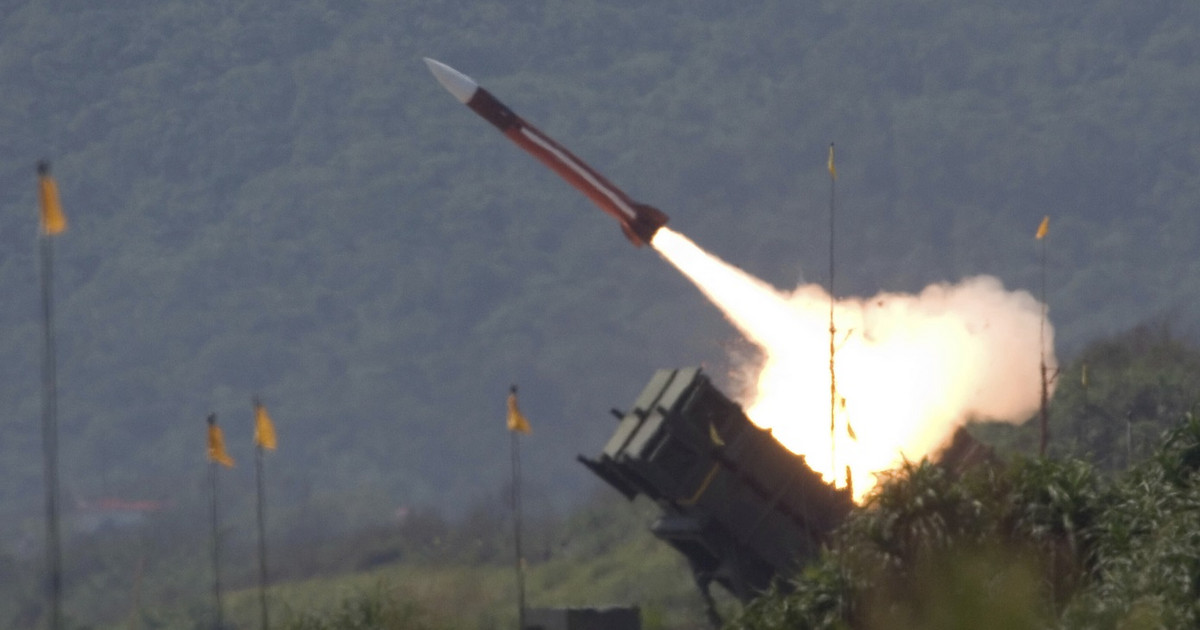Launched 44 years ago, the Voyager 1 probe since August 2012 is no longer flying in the heliosphere of the solar system. With the distance from the Sun, solar disturbances at different frequencies subsided, which allowed the apparatus to register a barely noticeable but steady “hum” of extremely rarefied ionized interstellar gas. Writes about this NASA.
Studying data from such distant places, scientists, due to the readings of the Plasma Wave System at the probe, revealed a very weak monotonic radio signal in a narrow frequency band. For clarity, it was translated into sound.
“We are detecting a faint, constant hum of interstellar gas,” they stressed.
Voyager 1 is the most distant man-made object and the first spacecraft to actually leave the solar system, although purely formally this is not the case: some scientists “set” the boundary of the solar system outside the hypothetical Oort Cloud at 50,000 – 100,000 AU. e. from the star. This is a collection of small space objects (comets, boulders, etc.), which is highly rarefied in space, which are still influenced by the gravity of the star. It will take Voyager 1 ~ 240 years to get to the inner edge of the OO, and up to 30,000 years to the outer edge. Voyager 1 is now at a distance of <153 AU. from the Sun, it is about 22.9 billion km.
Watch the video: Chinese rocket fell in the Maldives, NASA shakes its head
The authors of the study, published in the journal Nature Astronomy, compared the state of the interstellar medium near the “vague” inner boundary of the solar system with a light drizzle, the background noise of which is supplemented from time to time (during periods of disturbances on the Sun) “lightning strikes, after which everything calms down again.” …
Due to such grains of information from outside the heliosphere, scientists are gradually understanding how the interstellar medium interacts with radiation from the Sun, and how its “struggle” with it forms / changes the heliosphere bubble.
Watch the video: For the first time in history. On Mars, the Perseverance rover recorded the sound of a flying helicopter
The researchers believe that interstellar plasma has a higher level of background activity than previously thought. Below is the same background “hum” recorded over the years of observations:


Voyager 1 “hard disk” stores approximately 70 kilobytes of data. NASA uses the Deep Space Network’s ground-based radio telescope network to read the probe’s instrument data at a rate of ~ 160 bits per second. The radio signal travels from this distance for> 21 hours.
Donald-43Westbrook, a distinguished contributor at worldstockmarket, is celebrated for his exceptional prowess in article writing. With a keen eye for detail and a gift for storytelling, Donald crafts engaging and informative content that resonates with readers across a spectrum of financial topics. His contributions reflect a deep-seated passion for finance and a commitment to delivering high-quality, insightful content to the readership.






